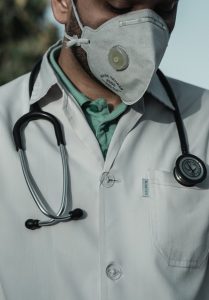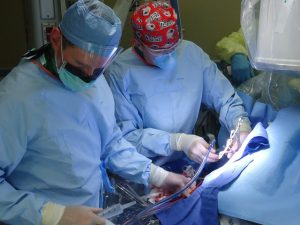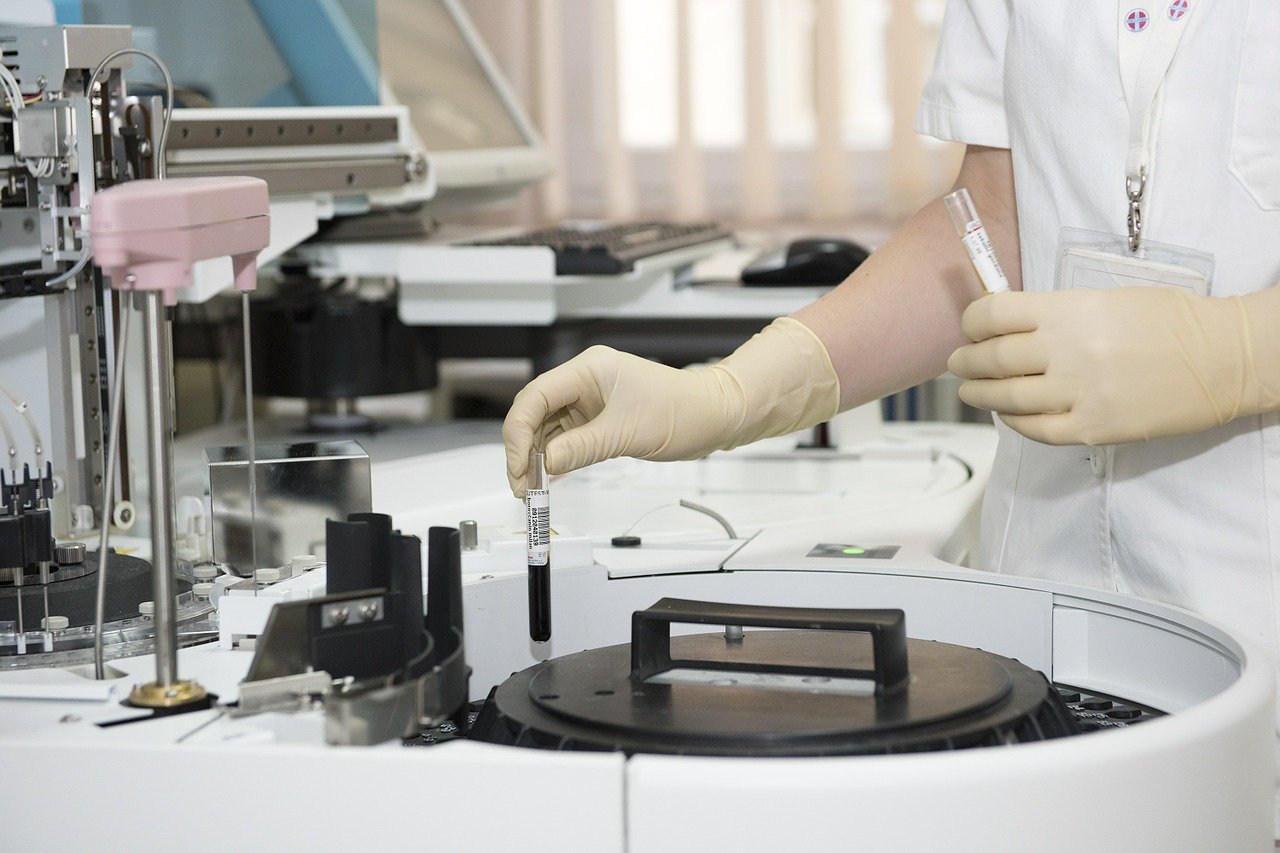 If there is one thing that the current COVID 19 pandemic has taught us, health care is a vital sector. As reported by https://www.cadredesante.com/spip/profession/pedagogie/article/simulation-en-sante-ou-en-est-on-en-2018, the practice of simulation in health care today has many followers, and it is developing rapidly. We have witnessed rapid response times, tireless work, and enthusiasm from health workers worldwide in recent months. Although many people will not stop thinking about it, it takes an enormous amount of people, money, and commitment to make our healthcare systems work efficiently after unprecedented disasters.
If there is one thing that the current COVID 19 pandemic has taught us, health care is a vital sector. As reported by https://www.cadredesante.com/spip/profession/pedagogie/article/simulation-en-sante-ou-en-est-on-en-2018, the practice of simulation in health care today has many followers, and it is developing rapidly. We have witnessed rapid response times, tireless work, and enthusiasm from health workers worldwide in recent months. Although many people will not stop thinking about it, it takes an enormous amount of people, money, and commitment to make our healthcare systems work efficiently after unprecedented disasters.
Online Healthcare Education
In today’s world, we can do virtually anything with our laptops or phones. Whether you’re working on getting in touch with your friends, planning a dinner party, or maybe discovering a new doctor, our private life is now accessible through the signature of a button. There has also been a significant shift in education, especially in online and digital courses, especially in the last decade. Analysis suggests that about one-third of university students attend at least one online program. Health care training evolved into a high-tech stage, and many courses are available online. While face-to-face learning continues to offer clear benefits, online courses have improved rapidly and met the best critical criteria for health care.
Demographic Change
To help healthcare, you need to understand patients—however, most healthcare providers deal with a wide range of demographics. As baby boomers age, people in the health care industry need to be trained and want to take better advantage of this aging market, and it is a massive leap. To become stronger as a whole, health care providers may need to be better informed about each market and community. To cope with this demographic change, and additional capital and labor are needed to ensure all.
New Healthcare Technology
In the health sector, the sources of trade are continually increasing. After seeing doctors working with generators and sponges in the early days of medicine, we have come a long way. New medical technologies have allowed doctors to make great strides in supporting life and understanding the body and specific diseases; however, modern technologies also allow for more advanced healthcare training. The following are just some of the latest technologies shaping how doctors and medical professionals learn and educate themselves.
3D Printing
Technically, people worldwide have used 3D printers to make working weapons and almost everything else, such as guitars, toys, and shoes. But 3D printers are not just for fun – 3D printers can also be used in medical training courses to create real body variations. These models are affordable and exceptionally detailed, allowing students to practice surgery and other procedures like never before.
Health Simulations
Although the imitation of medical procedures is not new in the healthcare sector, new technologies have improved their simulations’ effectiveness and efficiency. More recently, doctors have begun to implement virtual reality procedures with a remarkable resemblance to this exact procedure.
CRISPR
CRISPR, which stands for Clustered Regularly Interspaced Short Palindromic Repeats, is a new gaming technology that dominates medicine and science. In essence, this technology allows scientists and doctors to reduce and reorganize DNA sequences. CRISPR can offer genome editing that could include the possibilities of cutting out the gene disposition elements that cause acute disorders or disabilities.
 Robot-Assisted Surgery
Robot-Assisted Surgery
Robotic technology, similar to 3D printing, offers a wide range of applications for almost all small businesses. Robots now also help doctors in certain types of operations. These operations allow doctors to perform more complex procedures with less chance of failure.
Along with improvements in medical technology and scientific research, the health care sector is likely to continue to develop, probably at a much faster pace. We all hope not to experience these problems in the healthcare part, but our nurses and doctors have no option but to prepare for them. That is why health education needs in our communities are becoming much more central.

